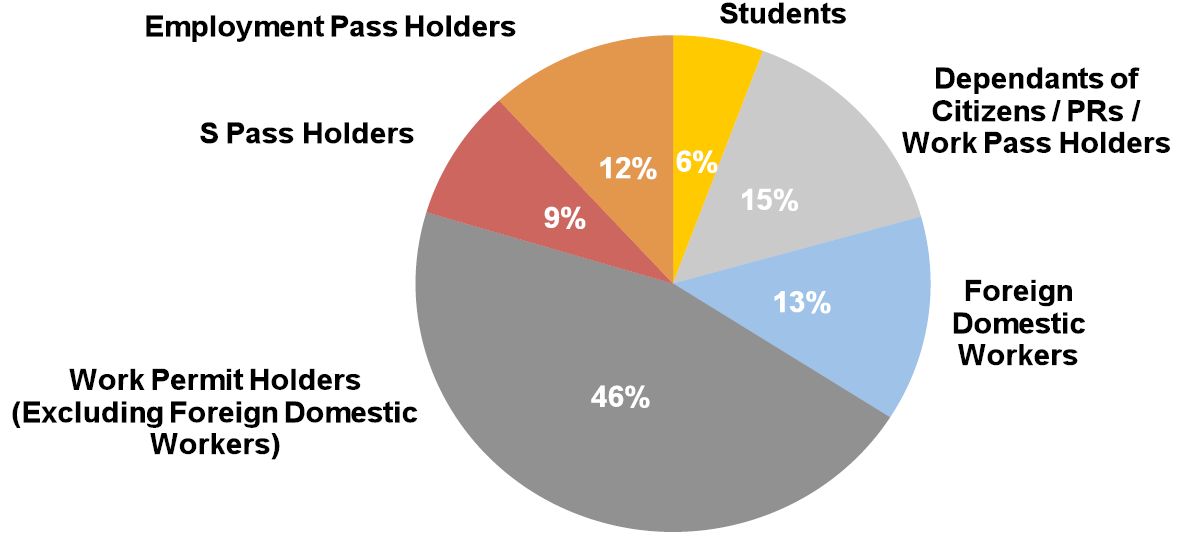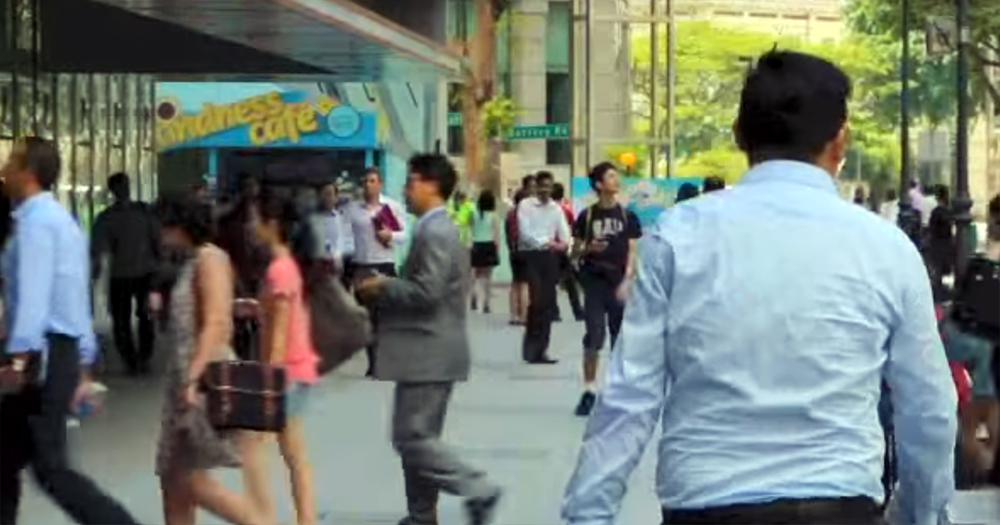Singapore has been relying on foreigners as a solution to overcome manpower shortages and spruce up our economy.
How the term "foreign talent" entered the lexicon of Singaporeans, started in the 1980s.
Hong Kongers offered PR status in late 1980s
According to a 2013 IPS paper by Jerrold Hong, he claimed that the term "foreign talent" first came up on June 28, 1988.
That was when Minister for Home Affairs S. Jayakumar announced the government's intentions to bring in "foreign talents".
Jayakumar cited reasons that are still common justifications for the policy today: To supplement the workforce with people of high calibre, to resolve the nation's fertility rates, as well as replenish the number of skilled Singaporeans who have emigrated.
That year, 81 Hong Kongers with professional qualifications were granted Permanent Resident status under the Eminent Entrepreneurs and Professionals Scheme.
Policy questioned by Eric Cheong
At that time, the policy was met with questioning by then-Member of Parliament for Toa Payoh, Eric Cheong.
Cheong questioned the possible consequences of having an influx of foreigners: Would this adversely affect the career prospects of Singaporeans with similar qualifications?
Jayakumar responded by saying that 81 is a small number, and hardly sufficient to affect Singaporeans significantly.
On the contrary, the policy would bring with it "the skills, enterprise and drive which will provide additional impetus for economic growth":
"The present inflow of qualified immigrants is still low and is not sufficient to counter our decline in population fertility and offset the number of talented Singaporeans who have emigrated.
Given the small numbers involved, it is unlikely that Hong Kong or other foreign professionals and entrepreneurs can adversely affect the career prospects of Singaporeans with similar qualifications or business acumen. On the contrary, such foreign talents will bring with them the kind of skills, enterprise and drive which will provide additional impetus for our economic growth and, in fact, create economic opportunities for more Singaporeans."
Besides, he stated, other developed countries such as Canada and Australia have also recognised the importance of foreign labour to help the development of their countries.
Policy relaxed further
The government, convinced of the benefits of the immigration policy given our talent shortage, further relaxed it to extend beyond nationality, ethnic background, and scope of work in 1989.
This made it easier for foreigners to apply for Permanent Residence in Singapore.
According to The Straits Times, persons with a secondary education earning at least S$1,500 a month and have at least five years working experience, or at least five GCE O-level or equivalent and acceptable trade certifications, would qualify for permanent residence.
Despite the aggressive policy to attract foreigners, however, the policy came with a condition: Foreigners had to be integrated into Singapore society without upsetting the present multi-racial balance.
This meant that sensitivity toward racial demographics was still crucial.
Facing backlash
Over time, the policy was met with increasing backlash as locals perceived the foreigners as a threat to their job prospects.
This resulted in a tightening of foreigner hiring rules in Singapore, as well as a review of immigration criteria.
In 2017, Singapore saw the steepest decline in the pool of foreigners employed in Singapore since 2002.
Since 2010, the number of permanent residents (PRs) and new citizenships granted has also remained stable at about 30,000 and 20,000, respectively, per year.
[related_story]
Proportion of foreigners today
The government clarified that currently, the majority of non-resident foreigners in Singapore are "here to do jobs that Singaporeans do not want to do."
This is a pie chart representing the proportion of foreigners working in Singapore as of 2012:
 Photo from Gov.sg
Photo from Gov.sg
Close to half the foreigners working in Singapore are currently work permit holders.
Dependents of Singapore citizens/ PRs/ work pass holders make up 15 percent, while foreign domestic workers constitute 13 percent.
Employment Pass and S Pass holders make up the smallest groups at about 12 percent and 9 percent of the non-resident population respectively.
Top photo from Shutterstock
If you like what you read, follow us on Facebook, Instagram, Twitter and Telegram to get the latest updates.
